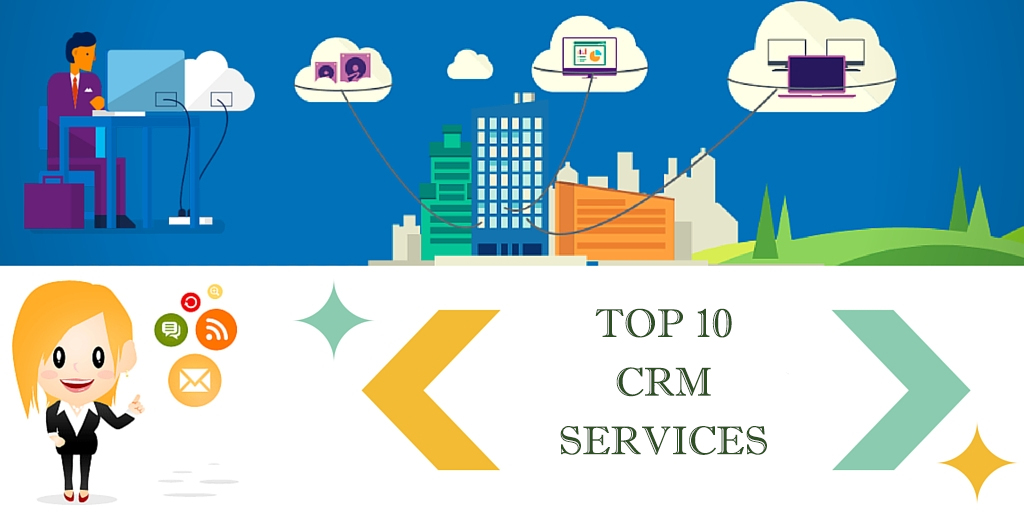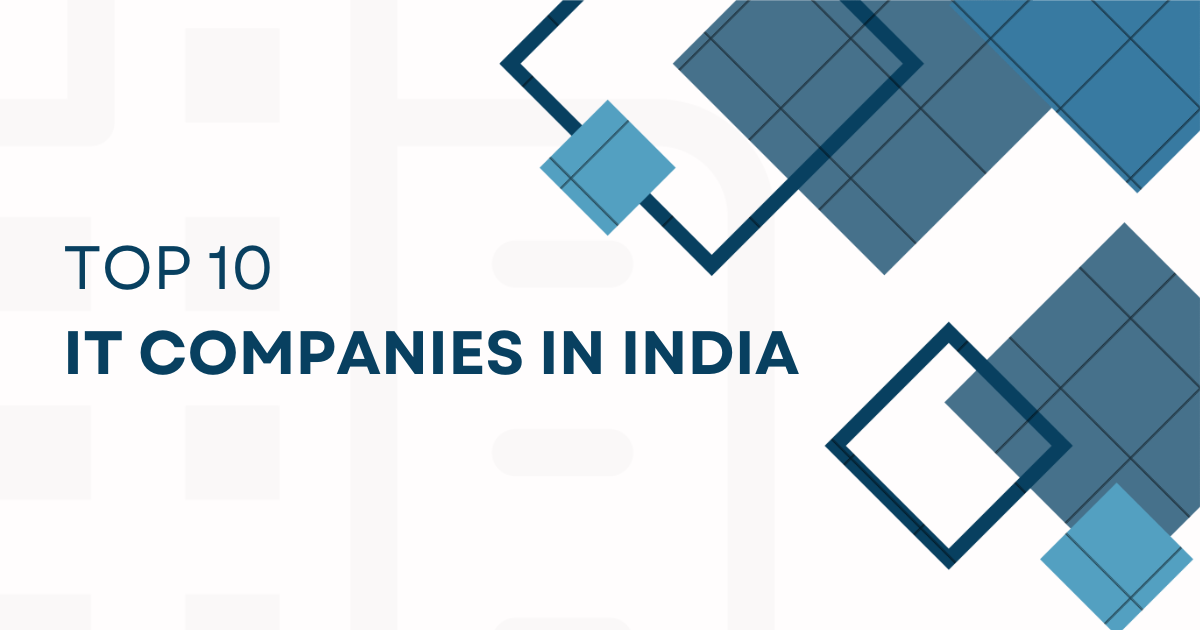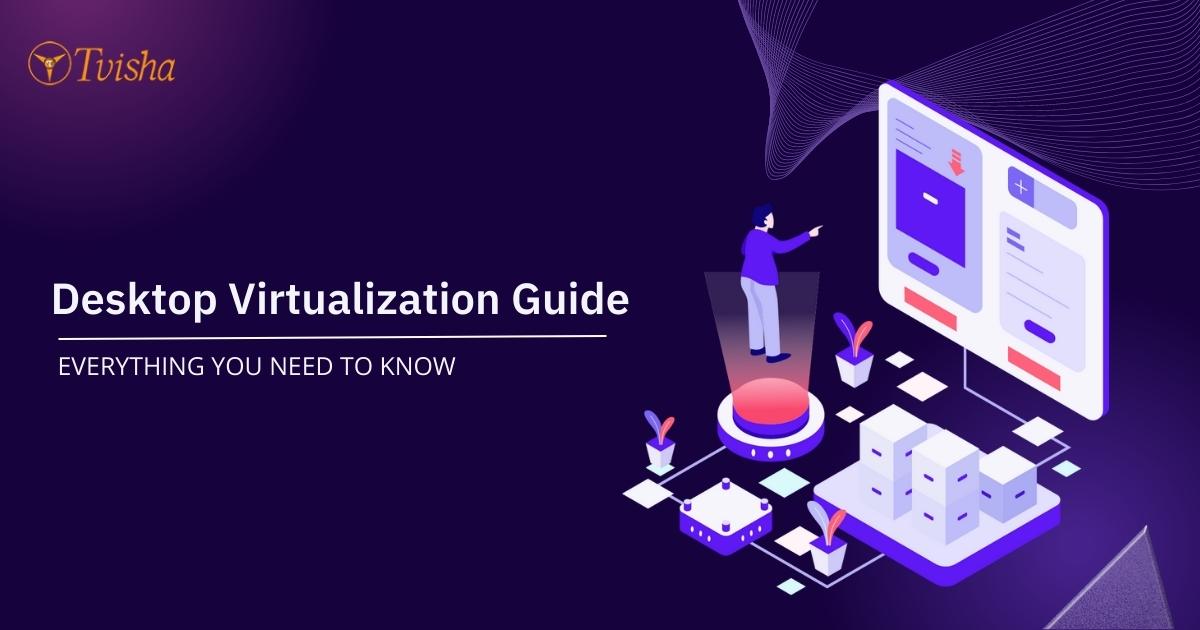
How to Make Engaging Software Project Presentation: 12 Tips and Tricks
You have developed a game-changing software and believe that it is one of a kind. But it’s of no use if its value is not communicated well to the intended users. Here, a well-designed presentation can be your ally!
In an industry characterized by quick technological advancements and evolving user needs, such presentations are pivotal in differentiating a product or solution from competitors. It can effectively communicate the software's unique selling points, features, and benefits, compelling stakeholders to perceive it as a valuable investment or solution to their challenges.
However, if you find it extremely difficult to sum it up in a few slides and deliver it to potential clients and investors, do not worry. In this article, we will take you through tips for making engaging software project presentations.
Without further delay, let’s delve into the article!
1. Understand Your Audience
Knowing the expectations and knowledge level of the target audience is important for creating a personalized presentation that instantly forges a deep connection with them. This will help develop interest in your product and facilitate quick decision-making.
For example, if your target audience is a group of tech enthusiasts, you must pay more attention to including technical aspects, such as cloud platforms, tech stack, and design patterns. Conversely, if your presentation is meant for managers and senior executives, you must focus on showcasing the benefits and value rather than technical details.
2. Focus on Innovation
When presenting your software project, it is fundamental to emphasize its unique and innovative aspects. Highlight any cutting-edge technologies, novel algorithms, or unconventional approaches employed during its development.
Emphasizing these features can help your project stand out from the crowd and attract the attention of those interested in solutions, pushing the boundaries of what is currently possible in technology. By showcasing the innovative aspects, you can demonstrate its potential value and appeal to potential investors, partners, and users.
3. Highlight Scalability and Flexibility
It is essential to address scalability and flexibility early on. It means highlighting how your architecture is designed to handle growth in terms of increased user loads and integration with other systems.
It also emphasizes how your software can adapt to changes in the market and evolving user needs, showcasing its ability to remain relevant and competitive over time.
It allows you to ignite confidence in your audience and demonstrate that you have a well-planned and future-proof solution worth investing in.
4. Showcase Technical Expertise
While showcasing your team's capabilities, it is crucial to demonstrate their technical prowess and domain expertise. It can be achieved by spotlighting key team members' qualifications, relevant experience, and successful past projects.
It is also a good idea to draw attention to any certifications, awards, or accolades earned by your team members, as it can help build credibility and instill confidence in your project's capabilities. This way, you can position your project for success and establish stature in the industry.
5. Discuss Security Measures
Allocating time in your presentation to discuss the robust security measures implemented in your software project is vital.
Addressing concerns related to data privacy, encryption protocols, and vulnerability management strategies is crucial to safeguarding stakeholders' sensitive information against cyber threats.
By doing so, you can reassure users that their data is in safe hands and that they can rely on your software project without concern.
6. Illustrate User Experience (UX) Design
Creating an exceptional user experience should be one of your top priorities for software development. You must dedicate a section of your presentation to showcase how thoughtfully your user interface has been designed and how intuitive it is.
One effective way to illustrate the flow and usability of your application is by utilizing user journey maps, wireframes, and mockups. These tools can visually demonstrate the user experience in a way that is easy to understand and engaging for your audience.
You can convey to your audience how much care and attention has been put into creating a user-friendly and practical application by highlighting these aspects of your software development process.
7. Provide Technical Insights
Software projects include many technical insights that must be communicated during the presentation. Commence by discussing the underlying technologies, programming languages, frameworks, and APIs.
In addition, discuss any decisions, performance optimizations, or strategies implemented to ensure the project's success. This information can ensure that your presentation is well-received by technical audiences and that they come away with a deeper understanding of your project.
8. Narrate a Story
You can make your software project presentation timeless by weaving a story around what inspired you to develop that particular software, what challenges you faced and how you overcame them, how your efforts are paying off, etc.
As the human brain is hardwired to stories, your presentation will better resonate with the audience’s needs, have a far-reaching impact on their minds, and convince them.
9. Share Success Stories and Testimonials
There is no better way to convince potential users of your software’s effectiveness than by showcasing real-world success stories and testimonials from early adopters or beta testers.
By highlighting positive feedback, user testimonials, or case studies showcasing how your software project has already positively impacted or solved critical problems for its users, you can demonstrate the actual value of your software to prospective users and persuade them to take action.
Sharing concrete examples of how your software has improved the lives or businesses of real people can be a robust way to build trust, prove credibility, and establish a sense of urgency among potential users.
10. Invite Collaboration and Feedback
To create a collaborative atmosphere, actively seeking feedback and suggestions from your audience is essential. Encourage your stakeholders to share their insights, concerns, and ideas for improvement. Listen to what they have to say and take their feedback seriously.
Demonstrate your openness and willingness to incorporate valuable feedback into future software iterations. Keep an open mind and be receptive to different perspectives. By doing so, you can create software that truly meets the needs of your audience.
11. Follow-up with Clear Action Items
When concluding a presentation, it is necessary to ensure that all the stakeholders know the critical takeaways, decisions, and any follow-up tasks assigned to them. You can summarize the presentation's key points and highlight the actionable items that must be taken.
It is also crucial to provide information for further inquiries or schedule follow-up meetings to maintain momentum post-presentation. It will help keep the conversation going and promptly address any issues or problems.
12. Harness the Power of Templates for Creating Your Presentation
Utilizing customizable presentation templates can significantly streamline the creation of software project presentations while ensuring consistency, professionalism, and efficiency. These templates serve as pre-designed frameworks that include layout structures, slide designs, and visual elements explicitly tailored for software projects.
Furthermore, templates provide a cohesive visual identity for software project presentations, reinforcing brand guidelines and enhancing overall aesthetic appeal.
Ultimately, by harnessing the power of templates, you can elevate the quality of your software project presentations, enhance audience engagement, and increase the impact of your message.
Conclusion
Crafting compelling presentations in the tech industry requires a strategic blend of technical expertise, innovation, user-centric design, and practical communication skills.
As software projects become increasingly complex and multifaceted, the ability to communicate their value proposition, functionality, and potential impact is paramount.
By continuously refining presentation skills, embracing feedback, and staying abreast of industry trends, tech professionals can elevate their software project presentations to new heights of success.
















